Vietnam's 2012 GDP misreported
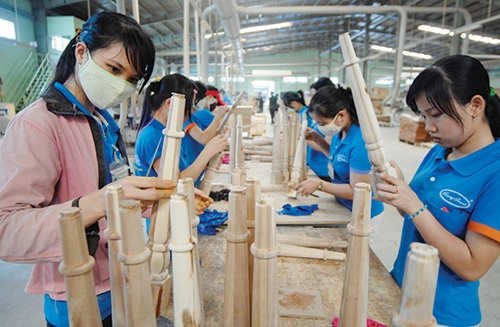
The new figure was released in a socio-economic report submitted to the National Assembly’s (NA) Standing Committee on May 14.
In particular, the nation's export turn-over growth hit 18.2 per cent, while being reported at 16.6 per cent. As a result, the trade balance was converted trade deficit at the rated 0.9 per cent into a trade surplus of $780 million last year. The report also showed unchanged overspending, lower inflation and more jobs created.
|
>> Hope for Vietnam’s steady growth in 2013 |
The factor dragging GDP may be due to the total investment as the NA's Economic Committee said the total social investment in 2012 was 7 per cent higher than the previous year, but the number just made up 28.5 per cent of GDP compared to the targeted 33.5 per cent, the lowest proportion of investment capital since 2000.
The whole-year outstanding loans just reached 8.91 per cent, followed by a sharp decline in outstanding loans from 31 per cent in 2010 to 14.41 per cent in 2011.
NA Economic Committee chairman Nguyen Van Giau said slower growth in 2011 and 2012 showed that the potential growth trended to reduce, due to the economy growth's dependence on investment capital.
Meanwhile, according to Ernst&Young's quarterly Rapid Growth Markets Forecast dated May 8, 2013 slower inflation would allow to loosen monetary and fiscal policies in 2013, raising Vietnam's economic growth from 5 per cent in 2013 to the targeted level of 6.5 - 7 per cent in 2014.
However, outstanding bad debts will restrict recovery of private credit and have bad impact on public investment and sharp decline of export growth, according to the forecasts.
Consequently, the current account deficit in 2014 will make growth dependent more on the recovery of foreign direct investments (FDI). Inflation is going to be at risk of being back if the Vietnamese government decides to promote exports by devaluation of VND. However, in order to pay for foreign debts and meet import demand for the industries, monetary policy will have to focus on stabilising the exchange rate, said the report.
FDI into Vietnam are expected to recover faster and offset the current account deficit in early 2015. But to attract investors, Vietnam needs to continue to develop the infrastructure, as well as skills for high-technology industry development. If not FDI into the textile industry and basic assembly may shift to neighbouring countries providing cheaper labour.
What the stars mean:
★ Poor ★ ★ Promising ★★★ Good ★★★★ Very good ★★★★★ Exceptional
Latest News
More News
- Vietnam shows potential as global AI hub (August 24, 2024 | 10:00)
- Business breakthroughs made through innovation and renovation (August 23, 2024 | 11:08)
- Tax authorities to put retailers selling through livestreaming under scrutiny (August 22, 2024 | 10:32)
- President of Australian Senate to pay official visit to Vietnam (August 22, 2024 | 10:01)
- Cross-border e-commerce to be boosted (August 21, 2024 | 10:41)
- Consumer finance regains growth momentum (August 20, 2024 | 10:05)
- Vietnam advised to develop aviation supporting industries (August 17, 2024 | 12:30)
- Ba Ria-Vung Tau to become a global logistics hub (August 16, 2024 | 17:31)
- New car sales hit yearly high of 29,000 in July (August 16, 2024 | 13:31)
- South Korea and Vietnam complete $5.5 million Smart City Cooperation Centre in Hanoi (August 16, 2024 | 09:46)

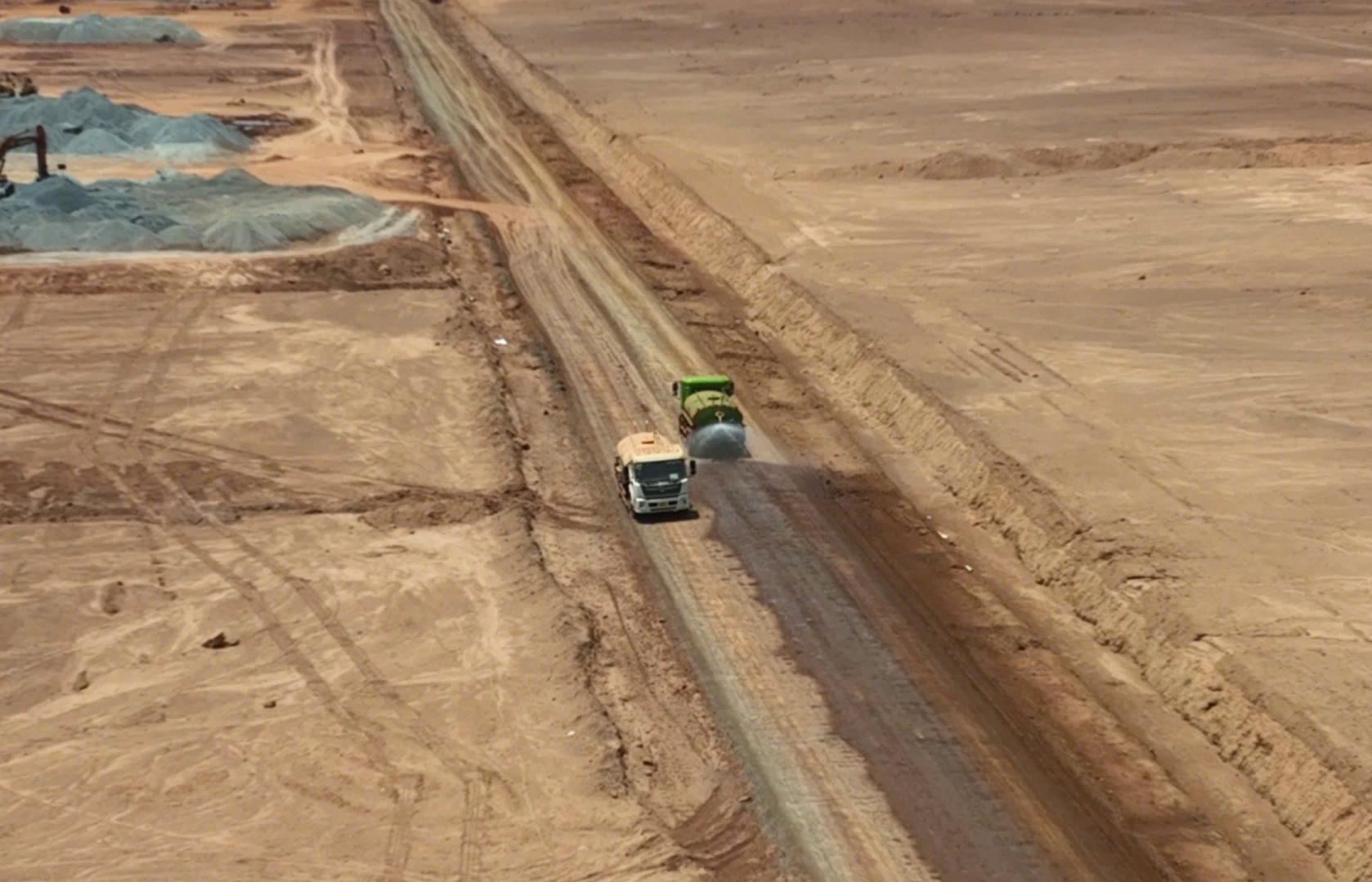









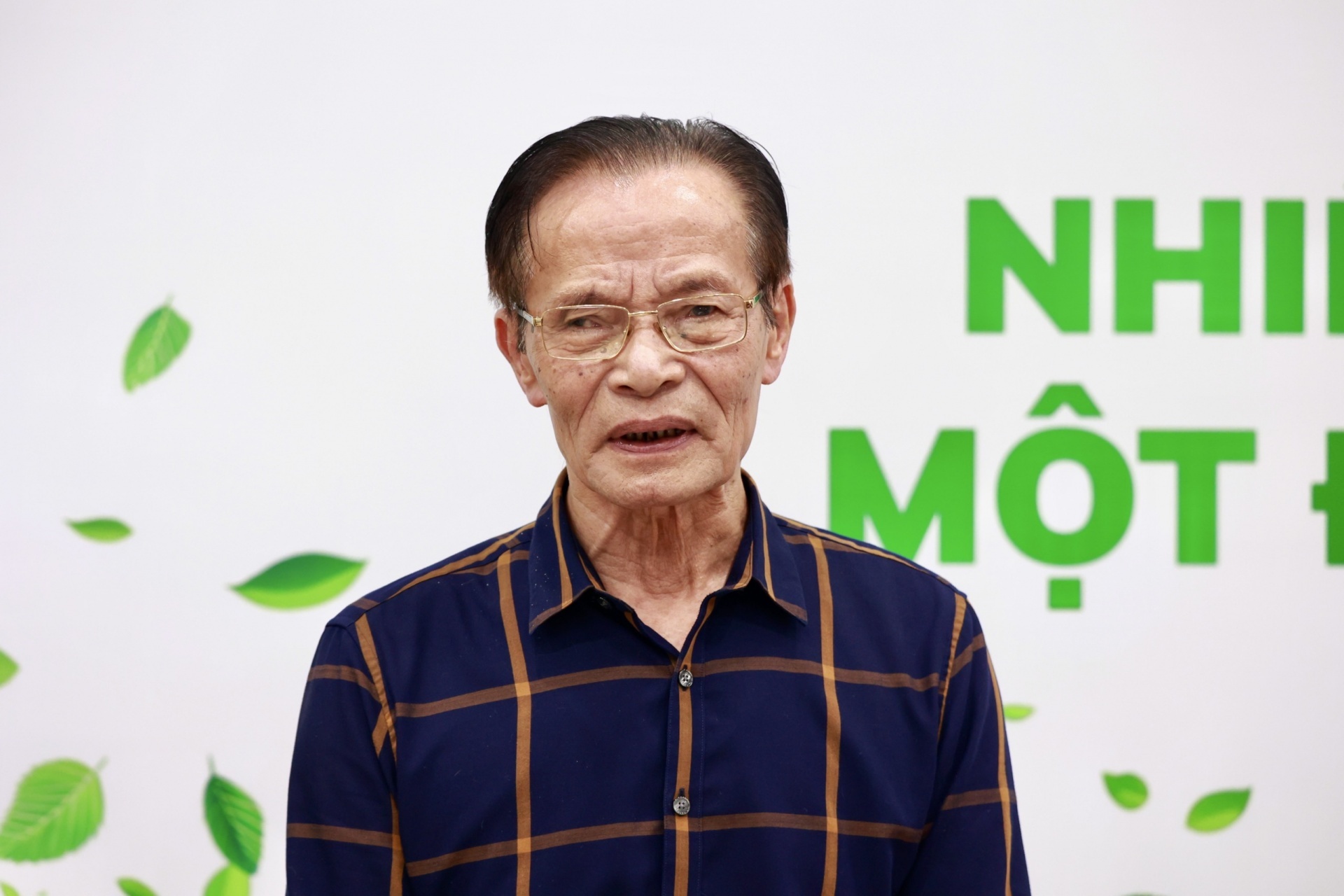
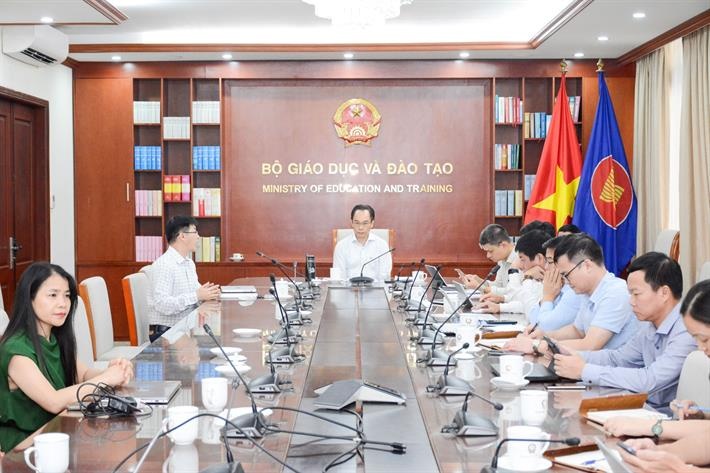
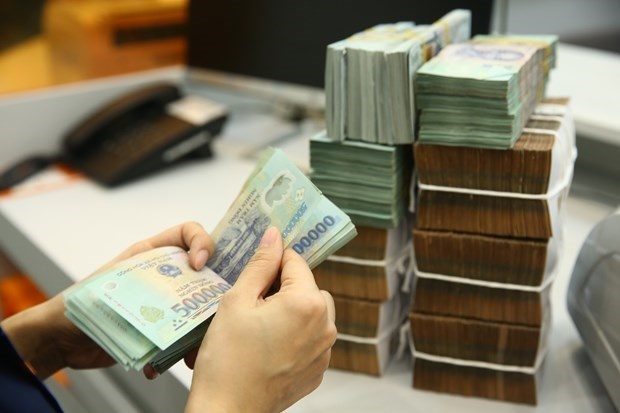



 Mobile Version
Mobile Version